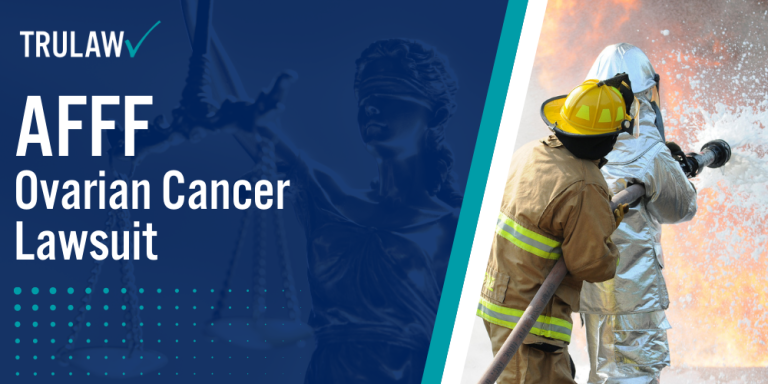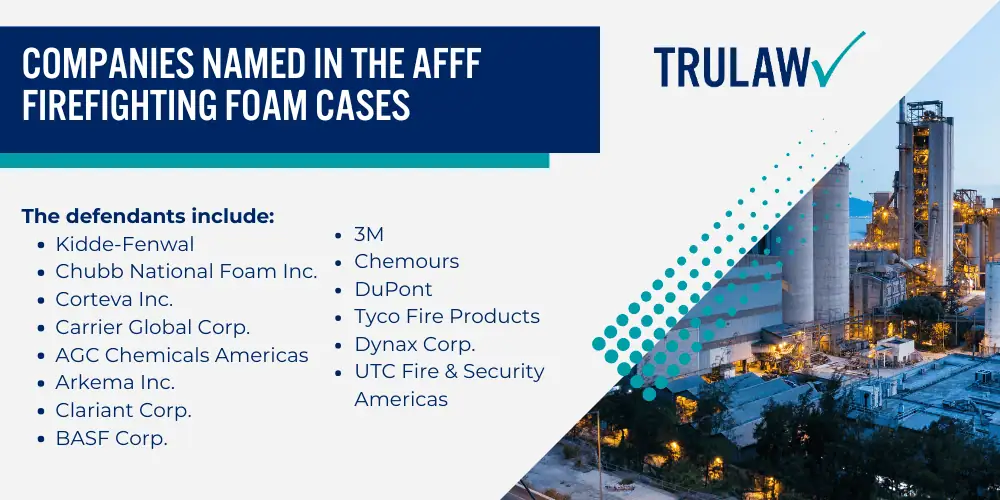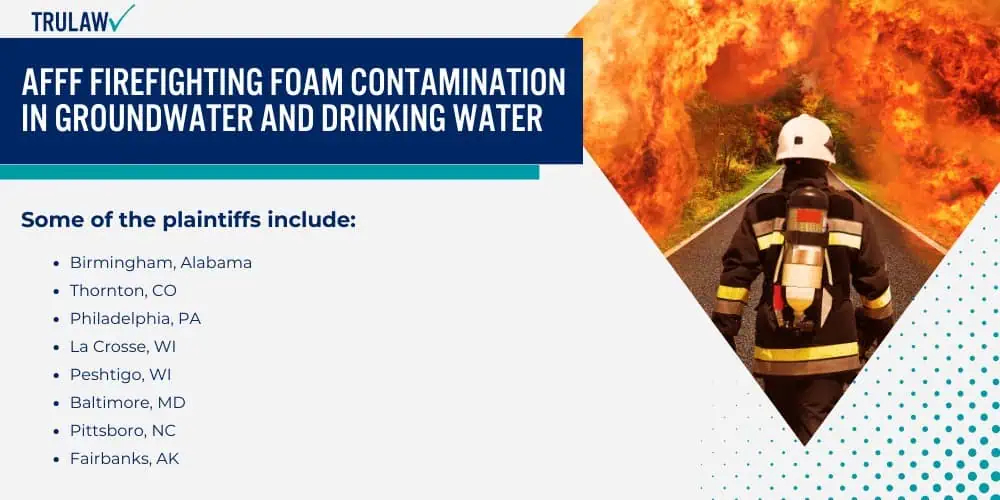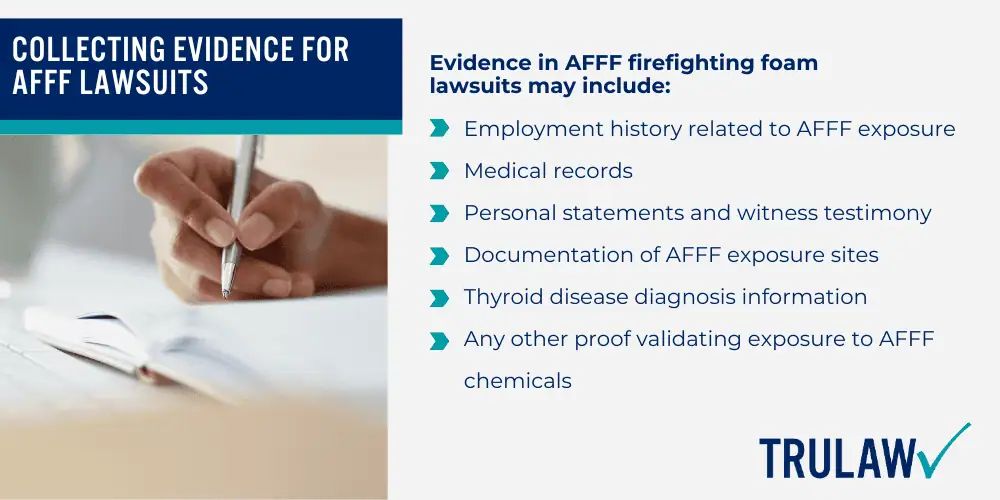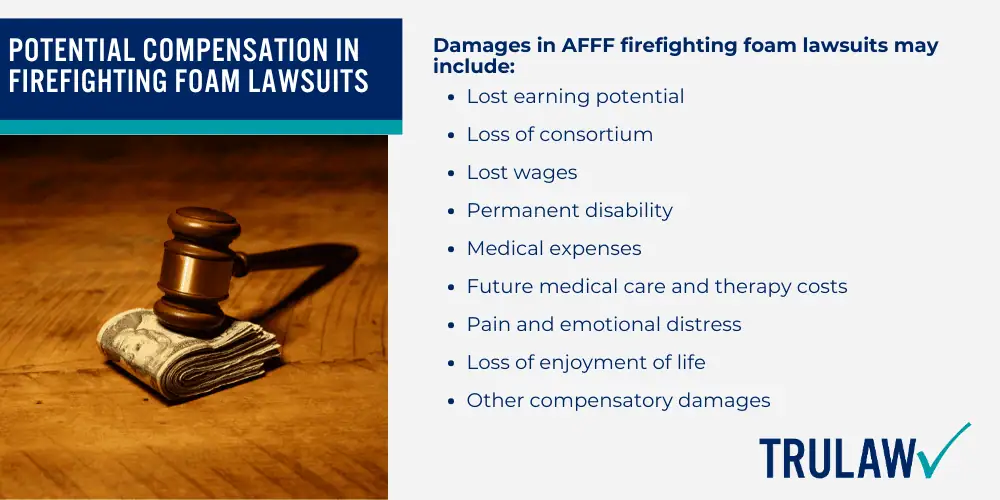Exposure to AFFF has been associated with an increased risk of various cancers, including ovarian cancer.
Research has connected PFAS chemicals present in AFFF to an increased risk of cancer and other significant health issues.
A study featured in Environmental Health Perspectives indicated that exposure to PFAS chemicals, such as those found in firefighting foam, may elevate the risk of cancers like ovarian cancer, lymphoma, and prostate cancer.

Although PFAS chemicals do not break down easily, they can accumulate in the body over time, potentially disrupting organ functions and contributing to uncontrolled cell growth.
A recent study published in the Journal of Exposure Science & Environmental Epidemiology indicates that PFAS and other endocrine-disrupting chemicals may contribute to the development of ovarian cancer and various other serious health conditions.
If you or a loved one were exposed to AFFF firefighting foam and later diagnosed with ovarian cancer, you may be eligible to file an AFFF lawsuit.
Contact TruLaw for a free consultation by using the chatbot on this page to instantly check your eligibility.
Impact of PFAS Chemicals in Firefighting Foam on Human Health
Research has shown that the manufacturers of AFFF, including the U.S. Navy, were aware of the toxic effects of PFAS chemicals for decades.
Despite this knowledge, these chemicals continued to be used, potentially putting countless individuals at risk.
Studies have consistently linked PFAS exposure to an increased risk of cancer and other serious health problems.
Some notable research findings include:
- Research published in the Journal of the American Medical Association identified a connection between PFOA exposure and a higher risk of developing kidney cancer, testicular cancer, and ulcerative colitis.
- Researchers from the National Research Centre for Environmental Toxicology (Australia) found higher levels of fluorinated surfactants in firefighters’ bloodstreams.
- A study by the University of California, Berkeley revealed elevated PFAS levels in female firefighters exposed to toxic firefighting foam compared to non-firefighters.
- The International Agency for Research on Cancer (IARC) has classified PFOA as a possible carcinogen and PFOS as potentially carcinogenic to humans.
- A study published in the International Journal of Cancer revealed a positive correlation between PFOS exposure and an increased risk of breast cancer.
- The Environmental Protection Agency (EPA) released health advisories for PFOA and PFOS, cautioning that prolonged exposure beyond specific thresholds may be detrimental to human health.
